Advertising and Marketing
For many authors, writing a book blurb feels harder than writing the book itself. Condensing 60,000 words into just a few paragraphs that actually sell the story is one of the toughest challenges in self-publishing. That’s because a blurb isn’t just a summary, it’s sales copy. It has to tease, entice, and convince a distracted shopper to click the buy button. That’s why this week, Ginger is breaking down exactly how to turn your book description from forgettable to irresistible.
From mastering brevity and shaping your blurb like a miniature story arc to choosing power words that spark emotion and curiosity, Ginger’s process is designed to create blurbs that convert. You’ll learn how to research your genre’s conventions, apply proven frameworks, and even test your copy for performance. By combining instinct with strategy, you can turn your book’s description into your most persuasive marketing tool.
Over the years, I’ve worked with a lot of self-published authors to help get their books ready for market, and one of the things I’m best at helping with is writing book blurbs—the book descriptions that grace an author’s Amazon product page and the back cover of their physical books.
Book blurbs are massively important to the success of a book, because they’re one of the key elements that turns a curious consumer into a paying customer. A well-written blurb can get them clicking the Buy Now button so quickly they get whiplash. A bad one will have them clicking off your product page before you can blink.
But here’s the thing: While at first glance, writing a blurb might seem straightforward (after all, it’s just a short paragraph or two) but in reality, it requires a completely different skill set from penning a full-length novel.
Writing a solid book description requires precision, persuasion, and a knack for distillation that many authors simply aren’t familiar with. It’s not that it’s rocket science or anything, but it’s a skill that needs to be learned, just like any aspect of being a successful writer.
In fact, it reminds me of the famous quote from Blaise Pascal in his Lettres Provinciales from 1657 (although a lot of people misattribute it to Mark Twain.) In a correspondence to a friend, he wrote: “Je n’ai fait celle-ci plus longue que parce que je n’ai pas eu le loisir de la faire plus courte.”
For those of you who skipped French lessons, that translates to: “I didn’t have time to write a short letter, so I wrote a long one instead.”
Pascal’s insight captures the challenge of writing a book blurb perfectly. Brevity demands a lot more effort, thought, and revision than verbosity. (Or, to translate again, writing something short is often more difficult than writing something longer.)
In my experience, successful blurb writing is more akin to copywriting than creative storytelling. It’s about selling the sizzle, not the steak—hooking potential readers in a matter of seconds. You’re not trying to summarize a 60,000 word book into three short paragraphs, you’re just trying to get them hungry to find out what’s within the pages.
I think that’s why I’ve always had a knack for doing it, because I have a background in copywriting at agencies in London and New York. I’ve honed this skill over years of crafting persuasive ad copy in which every word counts, whether that’s few enough words to read in a 30-second radio spot, or just enough characters to fill a 30 pixel by 60 pixel website button.
In a blurb, you have a similar word limit to wrangle—typically just 200-300 at most—so each one must pull its weight, fulfilling a specific task like building intrigue, evoking emotion, or highlighting stakes. If a sentence or even a single word doesn’t advance the hook, it needs to go.
That said, if you’re a self-published author struggling with your blurb, don’t beat yourself up about it. My skill at writing book blurbs didn’t come from innate talent or natural intellect. It was a discipline that got hammered into me through two decades of late nights writing copy for pharmaceutical products, rental agreements, or cheeseburgers. Copywriting isn’t a natural skillset to have even for the most talented long-form writers.
And even if it was, it’s still notoriously difficult to write a blurb for your own books, even for somebody like me with professed professional experience. Authors are often too immersed in their own work to be able to see the forest for the trees. You’ve got 200 words to work with, but 60,000 words you want to include, because every detail from your book feels essential after you’ve lived with the characters and plot for months or years.
It’s similar to how authors can’t effectively edit or proofread their own manuscripts. You need that fresh, outside perspective to spot flaws and opportunities. An author can skim over the same typo again and again, whereas an editor would spot it immediately.
But while it’s frustrating to realize this limitation, it’s also liberating. Understanding that you really can’t write blurbs for your own books (or properly edit them) removes the pressure and the sense of inadequacy. It’s validating to be reminded that this is a universal challenge among writers. Outsourcing is not only nothing to be ashamed of, it’s actually one of the milestones in your journey to becoming a “proper” writer.
But that being said, blurb writing is a skill that you can learn—and, more than that, the principles of writing a good blurb are useful to know. I’m going to cover the things I think are important when writing a blurb, so that you can approach the challenge yourself—or, at the very least, break down how effective a blurb is when somebody else has written it for you.
Tip 1: Embrace Brevity as Your Guiding Principle
Remember Shakespeare’s wisdom from Hamlet? “Brevity is the soul of wit.” That applies to writing book blurbs, as well (although Shakespeare probably didn’t realize that when he wrote it.)
Your blurb should be as concise as possible while remaining effective. Readers aren’t interested in investing time in reading your blurb, they’re scanning it to decide whether or not they want to invest in your book.
Aim for brevity that teases without revealing, intriguing without overwhelming. One common pitfall for authors is trying to cram the entire story into the blurb. That’s not the goal. Instead, focus on hooking the reader’s attention and sparking curiosity so they have to buy the book to find out what happens.
A strong blurb typically covers only up to the end of the first act, culminating in the inciting incident—that pivotal moment that propels the story forward. This leaves the resolution shrouded in mystery, compelling readers to purchase the book and find out what happens next.
Avoid heavy exposition. You don’t need to detail every backstory or world-building element. Likewise, paint in broad strokes. A quick sketch of the character’s essence, the setting’s vibe, and the looming threat is all you need to cover.
Keeping things short keeps the pace snappy and the reader engaged.
Tip 2: Research Top-Sellers in Your Genre for Style Inspiration
Just like you shouldn’t be expected to have the skills to write a good book blurb without learning them, you can’t be expected to even understand what a good book blurb looks like unless you do your research first.
Before putting pen to paper (or fingers to keyboard) do your homework first. Head to Amazon and examine the blurbs of top-selling books in your specific genre and subgenre. Always start with the best-sellers, because one of the reasons other books might not have sold so well is their blurb!
Note recurring patterns in style, tone, and structure that resonate with readers. For instance, romance blurbs are often short and punchy, emphasizing the protagonist’s burning passion or the electric chemistry with the love interest: “He was her forbidden desire… until one night changed everything.” In contrast, science fiction blurbs might employ more traditional sentence structures with a touch of exposition to establish futuristic worlds: “In a galaxy torn by war, Captain Elara must navigate alliances and betrayals to uncover an ancient secret.”
Mimicking these conventions ensures your blurb aligns with genre expectations, making it feel familiar and appealing to fans. If it deviates too much, it might alienate your target audience. It’s kind of like how there’s a “dress code” for different covers from different genres.
Now, here’s where I’m going to suggest something controversial. You might want to consider recruiting AI to help you with this research.
The thing is, tools like Grok or ChatGPT aren’t useful for generating full blurbs. They almost always produce generic or overly formulaic text lacking your unique voice and style. You can spot an AI-generated blurb a mile away.
However, they can be handy for analysis of existing book descriptions. Feed in several bestselling blurbs from your genre and ask the AI to break them down into consistent elements, like common hooks or phrasing. This can create a customized guide to format your own book description that fits within the “dress code” of your chosen genre.
If you don’t want to use AI, I don’t blame you. Instead, take notes on sentence length, vocabulary, and even punctuation. For example, romance might use ellipses for tension, while horror favors short, staccato sentences.
This is a crucial step. If your blurb matches the conventions of your chosen genre, it’s an unspoken promise to potential readers that the interior or your book will as well.
Tip 3: Structure Your Blurb Around Five Key Elements
Despite talking about how you should research blurbs from your chosen genre, some elements are evergreen. After years of research and having written hundreds of blurbs for dozens of authors, I’ve discovered that—no matter the genre—effective blurbs always incorporate five consistent elements that build a mini-narrative arc.
Think of your blurb as a truncated story, drawing from frameworks like the Dan Harmon story circle, but stopping at the hook or initial conflict rather than going all the way around. I specifically warned you about trying to summarize your whole book in 200 words, but you do want to cover enough ground to get to the big event that serves as the climax to Act One.
This creates a self-contained teaser that mirrors the book’s emotional journey without spoiling it. Aim for 200-300 words total, using engaging language that evokes “why should I care?” rather than a plot dump. Test by reading it aloud; it should flow like a gripping short tale that leaves you hungry for more.
Here are the five elements I think are vital:
Element 1: Introduction to Main Characters (Setup and Hook)
Start strong by introducing your protagonists in a way that resonates emotionally. Establish the story’s context, key characters, and a baseline normalcy before disruption. Use 1-2 vivid sentences with active language to draw readers in. Include character names or descriptors, setting hints, initial motivations, and a pivot like “but” to foreshadow trouble. For example: “In the bustling streets of Victorian London, orphaned thief Eliza dreams of a better life, but when she stumbles upon a hidden society of magicians, her world unravels.”
This orients the reader quickly, builds intrigue, and hints at what might be at stake, making them empathize with your main characters from the outset.
Element 2: Individual Character Stakes (Personal Conflicts and Emotional Depth)
Personalize the narrative by delving into how the plot impacts each main character. Highlight high-stakes dilemmas, emotional themes like betrayal or ambition, and vulnerabilities to foster empathy. Focus on “what’s at risk” without resolutions or spoilers. For instance: “Eliza faces betrayal from within her newfound allies, while her mentor grapples with a dark past that threatens to consume him.”
Good stories take readers on a journey, and with this element you’re doing exactly the same thing, taking your characters from the status quo to the realm of uncertainty, and dragging your potential readers along with them.
Element 3: Central Conflict (Escalation and Threat)
This is where things start to get good. Escalate your blurb by introducing the antagonist or overarching problem that will impact your main characters. Describe the threat vividly—its intersection with the characters’ world, elements of injustice, and sensory details to make it seem immediate and threatening.
I like to use transitions like “adding insult to injury” for flow. It might sound cliche, but book blurbs are one of the few examples of writing in which cliches can actually help sell your book, because they immediately connect to other books or movies potential readers have seen that use those same phrases to frame the central conflict.
For example: “As a ruthless empire closes in, unleashing forbidden spells that warp reality itself, Eliza and her companions must confront a foe who knows their every secret.”
Just remember not to shoot your bolt in this particular section. Here, you’re heightening urgency and tying into broader themes without giving away the core plot or the major hook.
Element 4: Climax Tease and Central Question (Suspense and Motivation)
This is where “things come to a head” as you might write in your blurb. Element four is where you ramp up tension by outlining the protagonists’ objectives and posing a compelling hook question. It’s basically where your blurb outlines the inciting incident that serves as the climax to Act One and throws your heroes into doubt, uncertainty, and the first steps of the long and dangerous journey ahead.
I like to emphasize strengths, themes, and vulnerability in this section with other familiar phrases that align with reader expectations. Phrases like “must face like never before.”
I also like to end this section with a rhetorical question: “Armed with fragile alliances and hidden powers, can Eliza outwit the empire’s grasp—or will her ambitions lead to utter destruction?”
The question isn’t mandatory, but I rarely write a blurb without one. After all, the whole point of a good book blurb is to hook a reader into buying your book so they can find out “what happens next” and leaving the answer to this question within the pages of your book is a great way to force interested readers into clicking Buy Now.
Element 5: Marketing Close (Positioning and Appeal)
The final element of a blurb takes a completely different approach. You’ve already outlined the characters, conflict, and hook. Now, wrap up your blurb with practical details to market the book and do the housekeeping.
I try to include the full title of your book, where it fits into your series (if applicable), a clear statement about the genre, tone, and themes so that readers can know what to expect from your book, and some comparable titles to help them decide if this is the title for them.
For example: “Perfect for fans of The Night Circus and Six of Crows.”
I also like some subtle hype in there, like: “A gripping fantasy adventure of empowerment and betrayal.”
It’s a good opportunity to specify some things readers might be asking themselves about, such as: “clean romance, no explicit content” or “HEA guaranteed.”
(HEA is Happily Ever After for the uninitiated.)
This stuff isn’t as sexy as the story you’re teasing, but these details are important. They reassure readers that this book will be the right fit for them before they commit to buying it.
Tip 4: Incorporate Power Words and Emotional Language
You only have 200 to 300 words to work with in a book blurb, so every one of them has to work as hard as they possibly can.
To make your blurb pop, infuse it with power words—evocative terms that trigger emotions and urgency. Words like “shattered,” “unleashed,” “betrayed,” “forbidden,” or “relentless” can transform a bland description into a magnetic one. They tap into readers’ desires for excitement, romance, or suspense, depending on your genre. For a mystery, use “haunting secrets” or “deadly pursuit”; for fantasy, “epic quests” or “ancient curses.”
Emotional language is key to making readers care. Instead of stating facts, show feelings: “Her heart races as shadows close in” versus “She runs from danger.” This creates an immediate connection, pulling readers into the character’s psyche.
But that being said, don’t overdo it! Too many power words can feel over-the-top, like a cheesy movie trailer, or like you’re just vomiting up a thesaurus. Read successful blurbs to gauge the right intensity. Revise drafts by swapping weak verbs (e.g., “walks”) for strong ones (“strides” or “flees”) but stay away from words that you wouldn’t normally hear (or that readers will have to Google to figure out what they mean.) This is especially relevant for children’s books or YA fiction, for which the blurb should match the reading level of your intended audience.
Tip 5: A/B Test and Gather Feedback for Optimization
Once your blurb is drafted, the journey isn’t over. You should test it. This is actually one of the most fun parts of the blurb-writing process, and also the most useful. If you have an existing subscriber list or a following on social media, post your blurb and ask for feedback, or even post two versions and do an A/B test to see which one readers prefer.
If you don’t have an existing community to lean on, research writing groups on Facebook, or online forums like Reddit’s r/selfpublish. Post your blurb and ask the community specific questions about it: “Does this make you want to read the book? What hooked you?”
You might want to prepare yourself for some pretty honest feedback, but a thin skin will never help you succeed in the writing business. You want people to be brutally honest about your blurbs, because you want to hone them to perfection. That’s why it’s generally a good idea to avoid asking your family or friends for input, because they might sugarcoat their response.
Honest feedback from genuine genre fans is the most valuable, and you should incorporate insights. After all, blurbs aren’t set in stone. You can update them based on feedback, and continue to tweak them once they’re live and you start reviewing their performance. I remember improving my conversion rate 50% by tweaking my book description, and that’s often the difference between running marketing and advertising at a loss, or a profit.
Taking an iterative approach turns your blurb into a data-driven sales machine, adapting to what resonates with real readers as and when you learn from them.
Conclusion: Turning Blurbs into Your Book’s Best Salesperson
Crafting an effective book blurb is both an art and a science, blending copywriting savvy with storytelling finesse. The key is process—embracing brevity, researching genre norms, structuring your blurb around key elements, using power words, and finally by testing each version rigorously. If you follow that process, you’ll be on the path toward creating descriptions that not only hook readers, but also convert browsers into buyers.
It’s difficult to understate how important this can be to your self-publishing career. As a self-published author, your blurb is often the first (and sometimes only) impression potential fans get before they buy your book (or don’t) so make it count!
And if the idea of writing blurbs still feels daunting, remember that it’s okay to seek help or hire somebody else to do it. Even the seasoned pros do. Like with editing, this is a stage of the self-publishing process at which you might be too close to your own work to accomplish the task successfully.
But that doesn’t mean you shouldn’t try! And with practice and these tips combined, you’ll be positioned to write blurbs that could become a powerful tool to accelerate your self-publishing success, helping your stories reach new audiences and convince a higher percentage of potential readers to click the Buy Now button.
Blurbs are one of the most important parts of a successful self-publishing business. So keep writing, keep refining, and sooner or later, you’ll watch your sales soar.
Share this blog
About the Author
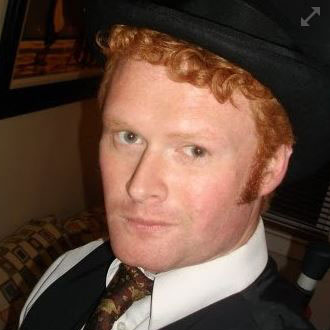
Ginger is also known as Roland Hulme - a digital Don Draper with a Hemingway complex. Under a penname, he's sold 65,000+ copies of his romance novels, and reached more than 320,000 readers through Kindle Unlimited - using his background in marketing, advertising, and social media to reach an ever-expanding audience.




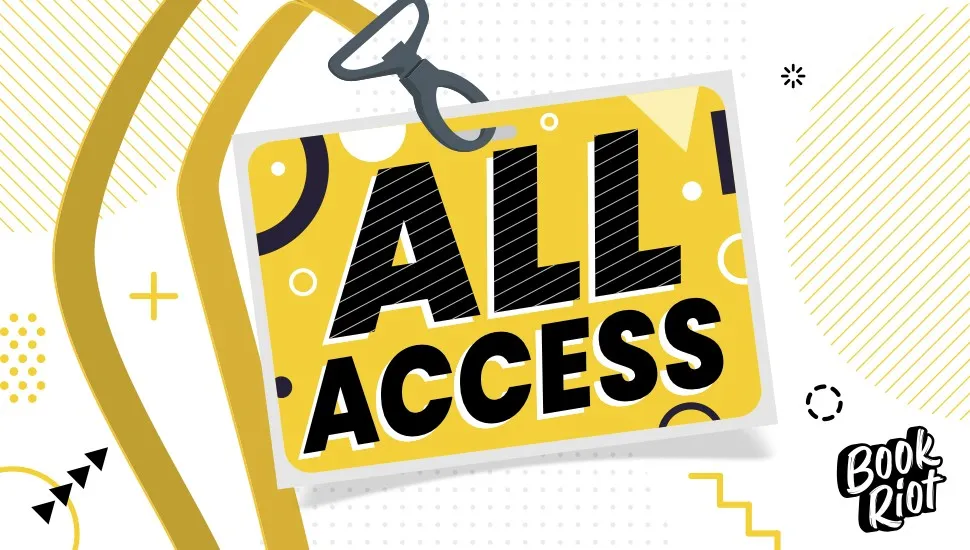




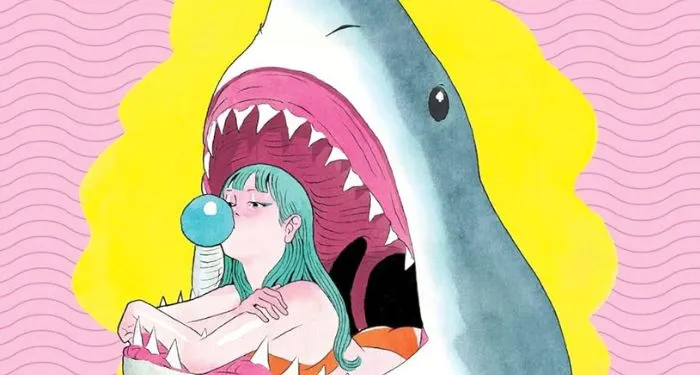
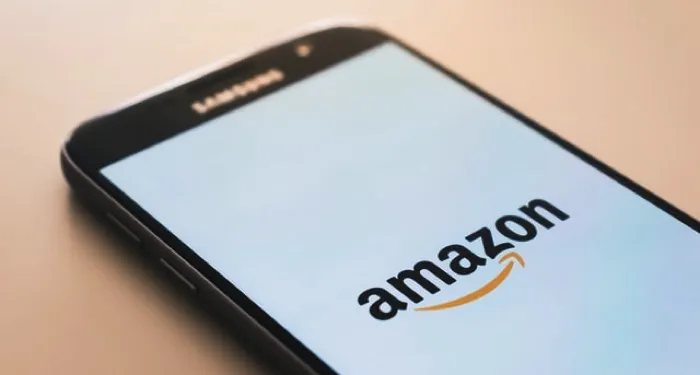


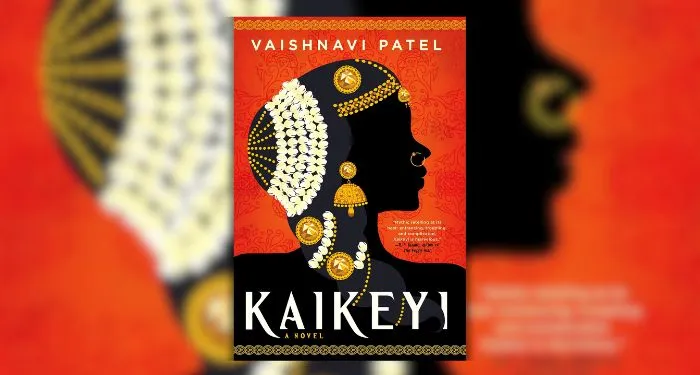


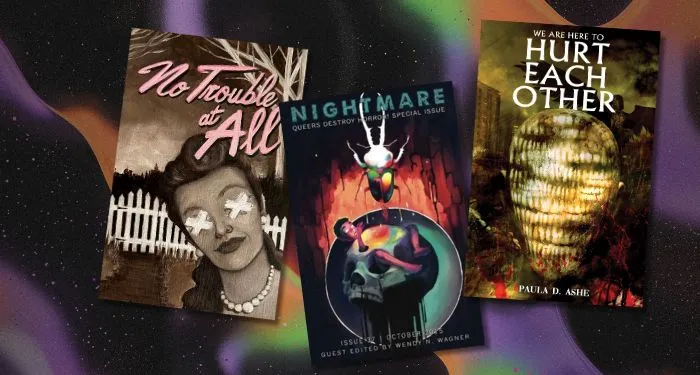
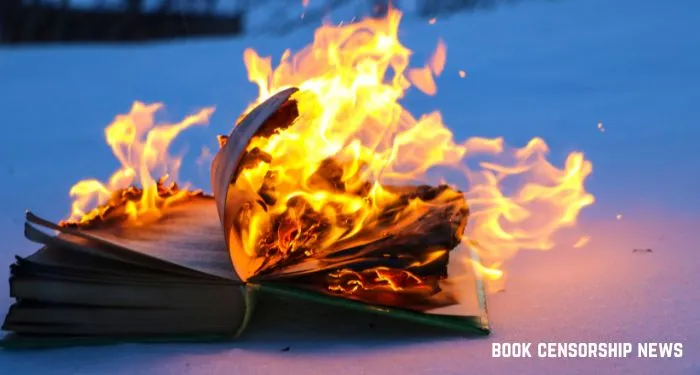

 English (US) ·
English (US) ·